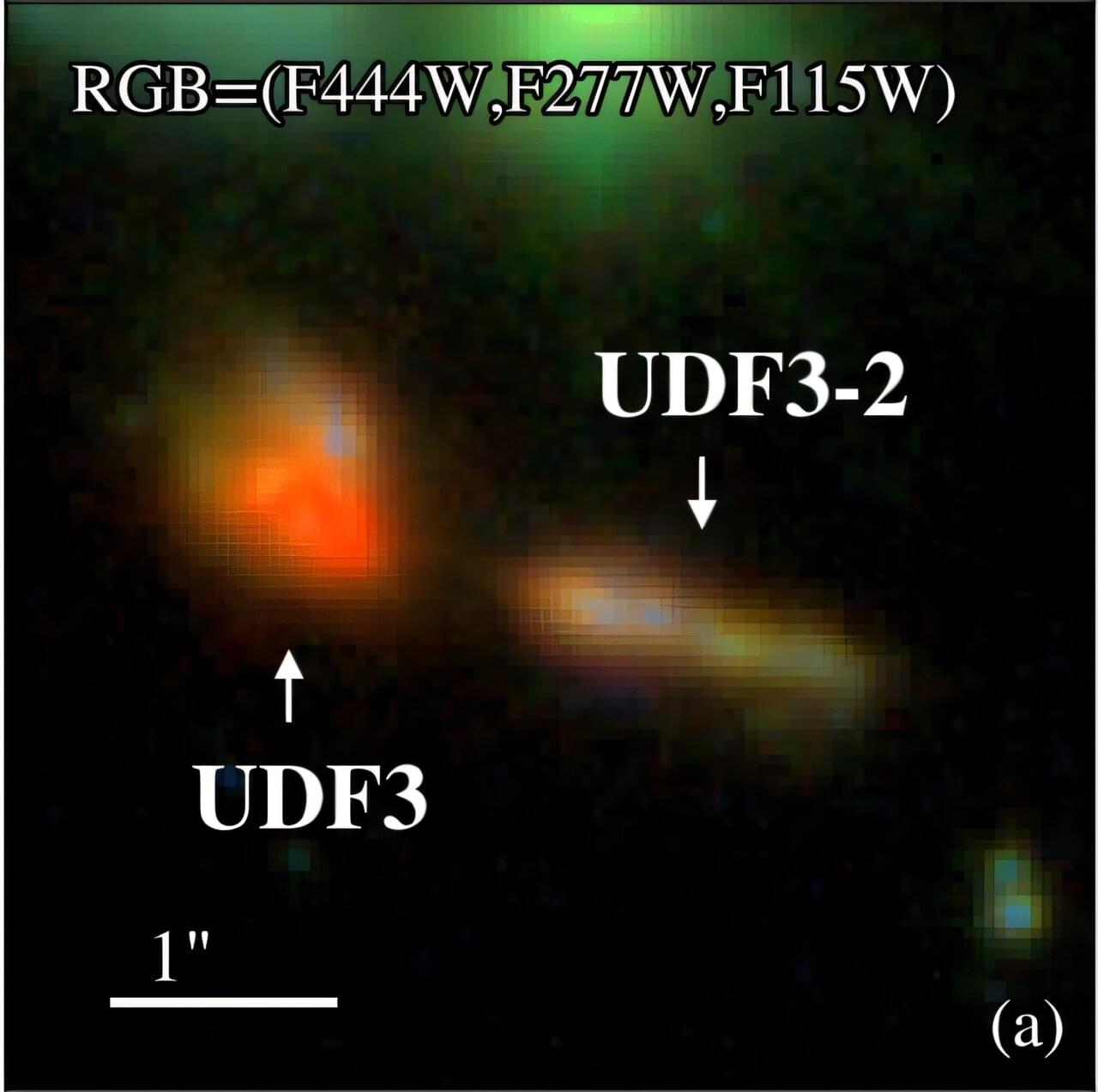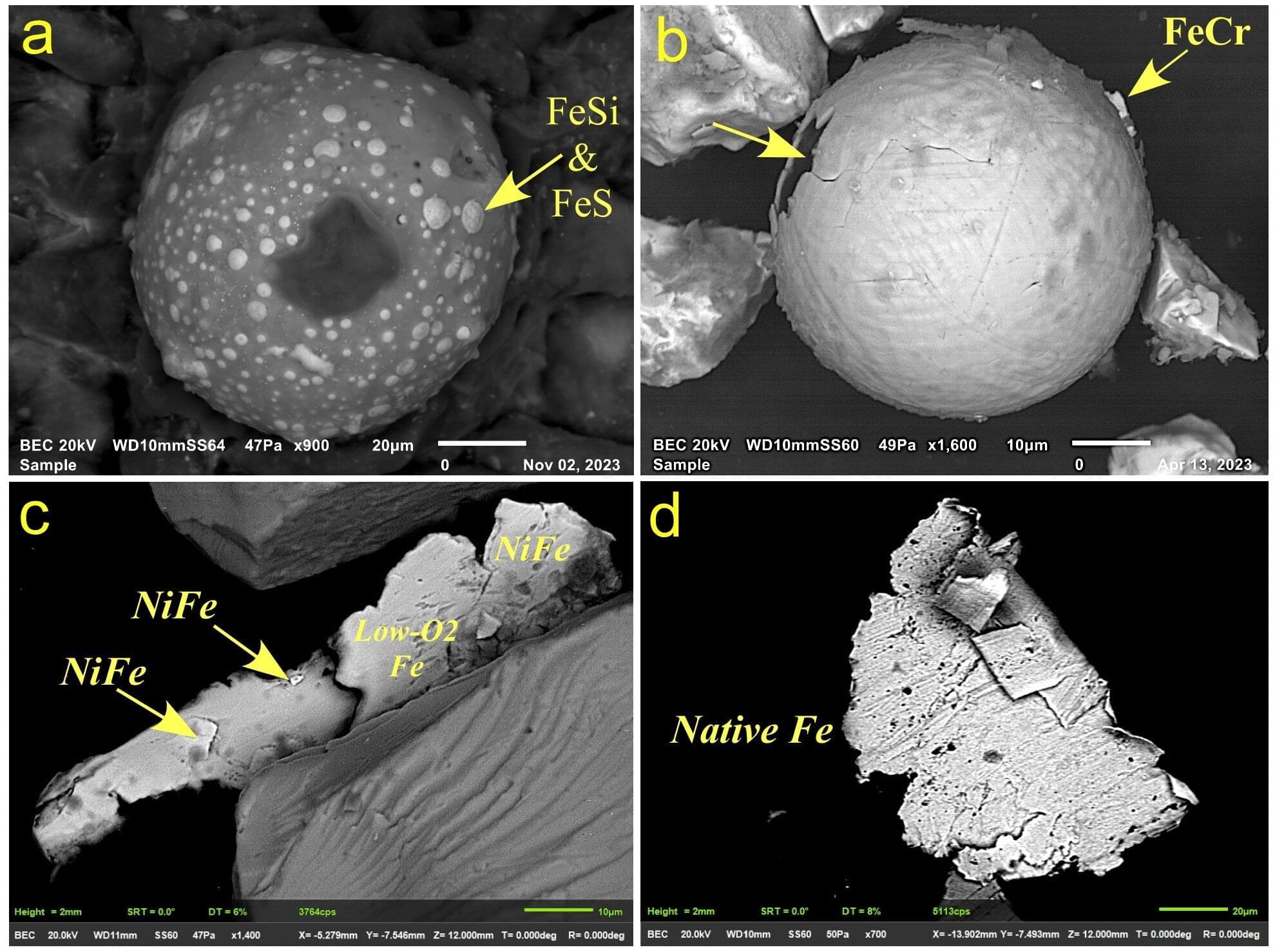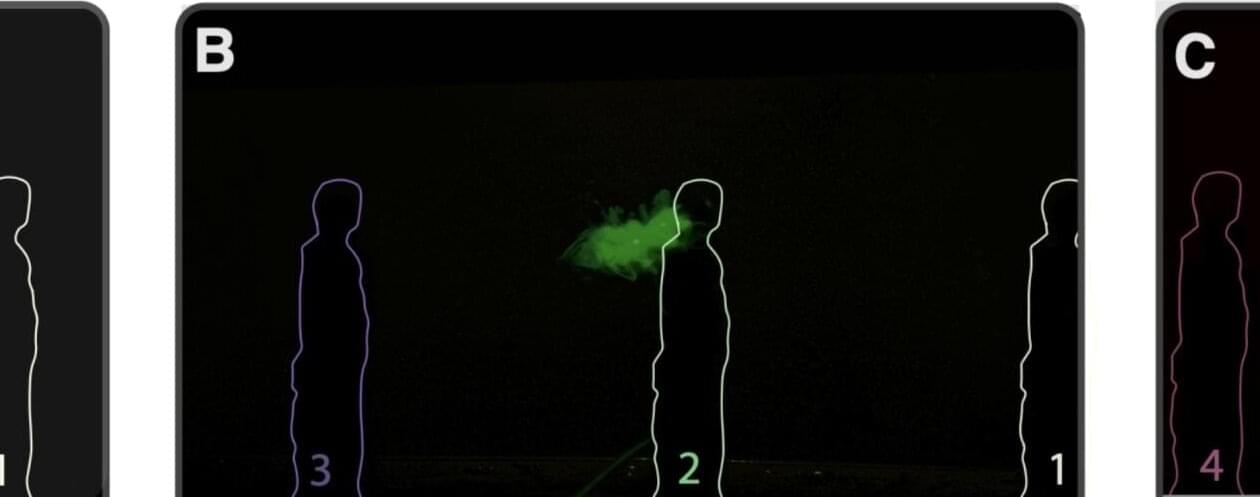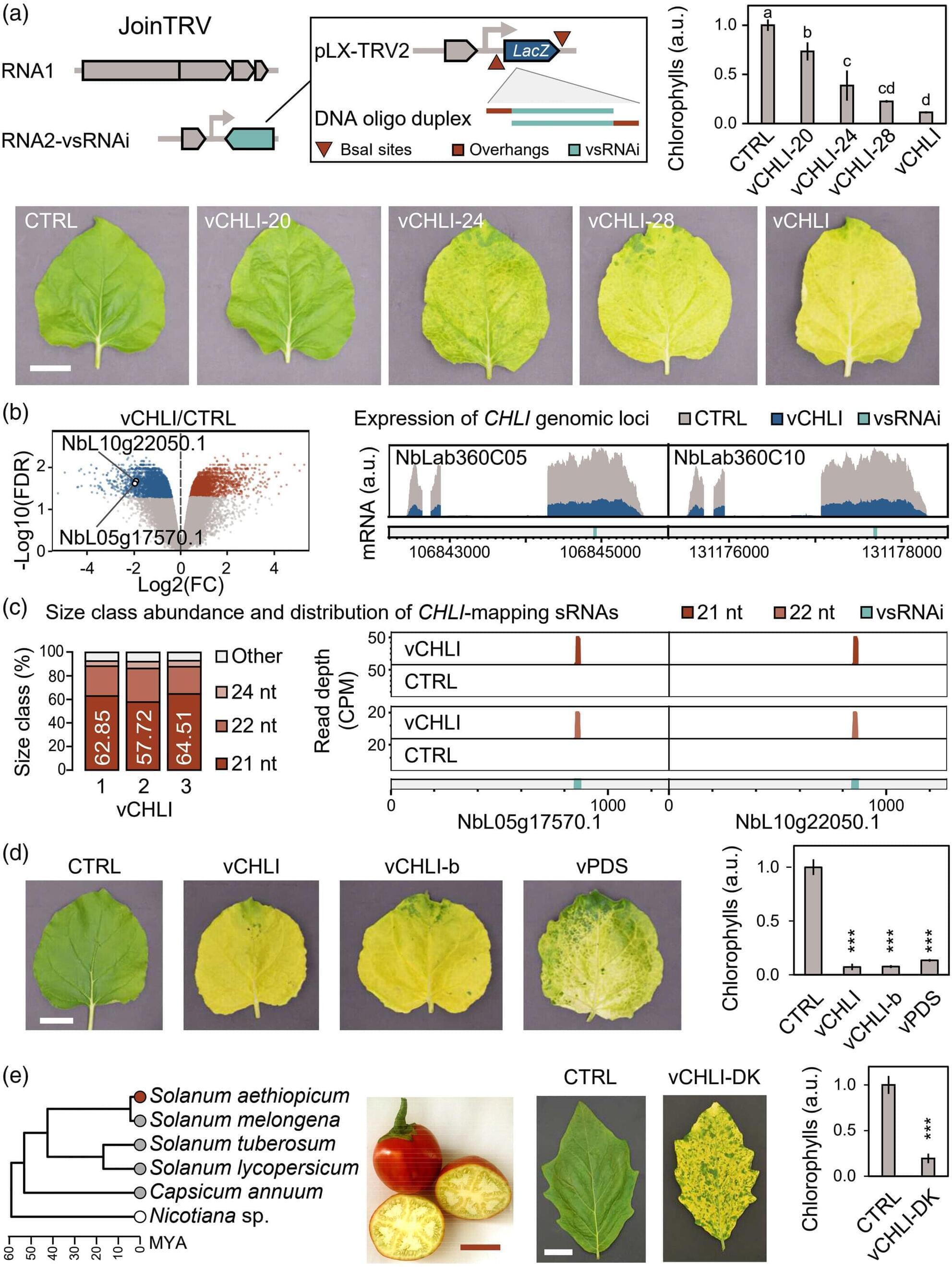By conducting multiwavelength observations with various telescopes and space observatories, astronomers from Tsinghua University and Steward Observatory have detected a galaxy pair exhibiting significant X-ray emission. The finding was reported in a research paper published July 31 on the pre-print server arXiv.
The Great Observatories Origins Deep Survey (GOODS) is a deep-sky survey conducted by multiple observatories to study the formation and evolution of galaxies. It combines multiwavelength data from space observatories like the Hubble Space Telescope (HST), Chandra X-ray Observatory, Spitzer spacecraft, XMM-Newton satellite, and the largest ground-based facilities, such as the Very Large Telescope (VLT), Keck telescopes, Gemini Observatory or the Very Large Array (VLA).
Recently, a team of astronomers led by Tsinghua University’s Sijia Cai conducted a search for Chandra X-ray detected star-forming galaxies in the Southern field of the GOODS survey (GOODS-S). For this purpose, they combined observations from VLA and the Atacama Large Millimeter/submillimeter Array (ALMA), spectroscopic data from the James Webb Space Telescope (JWST) and VLT, as well as photometry from HST and JWST.









